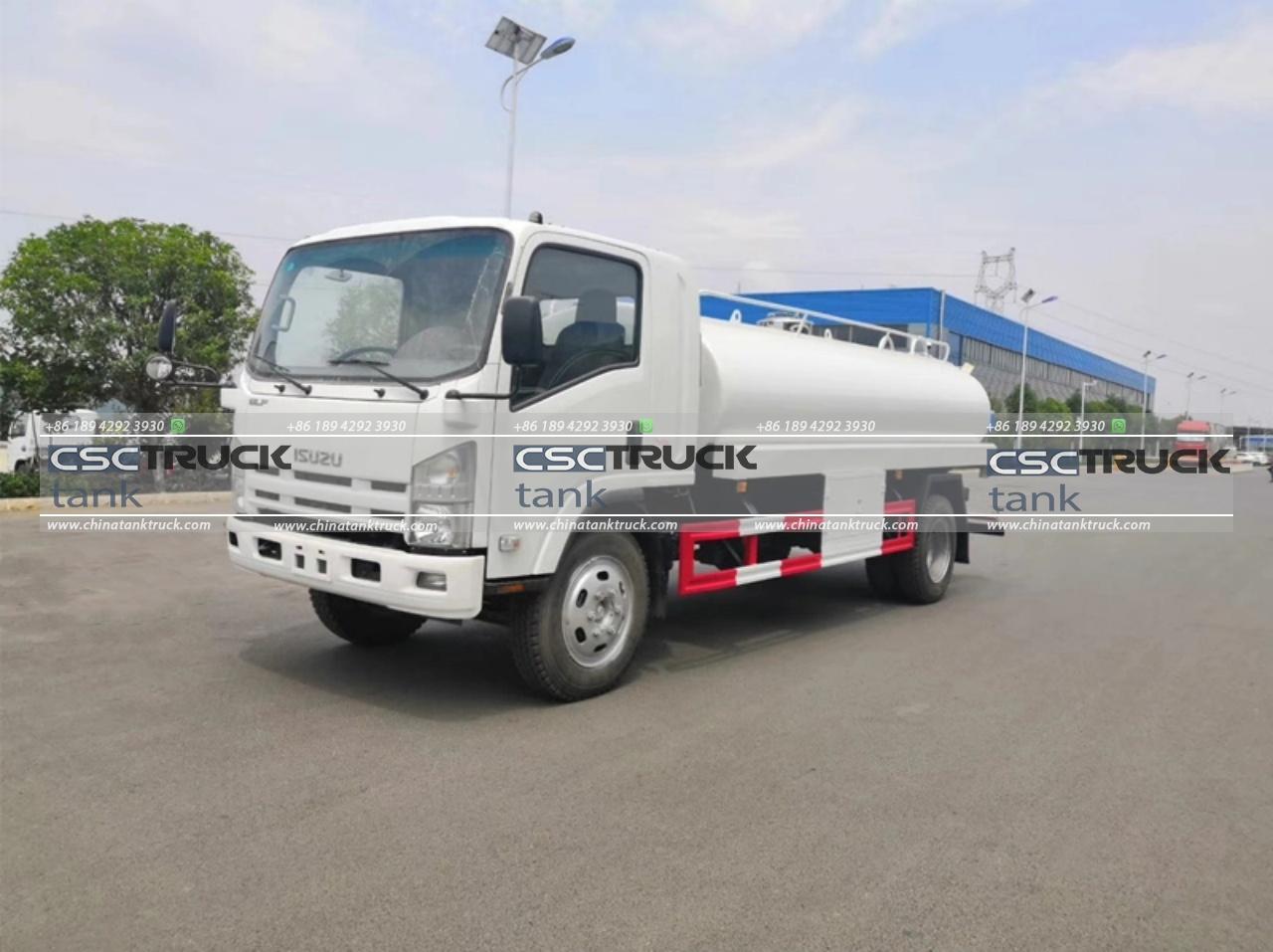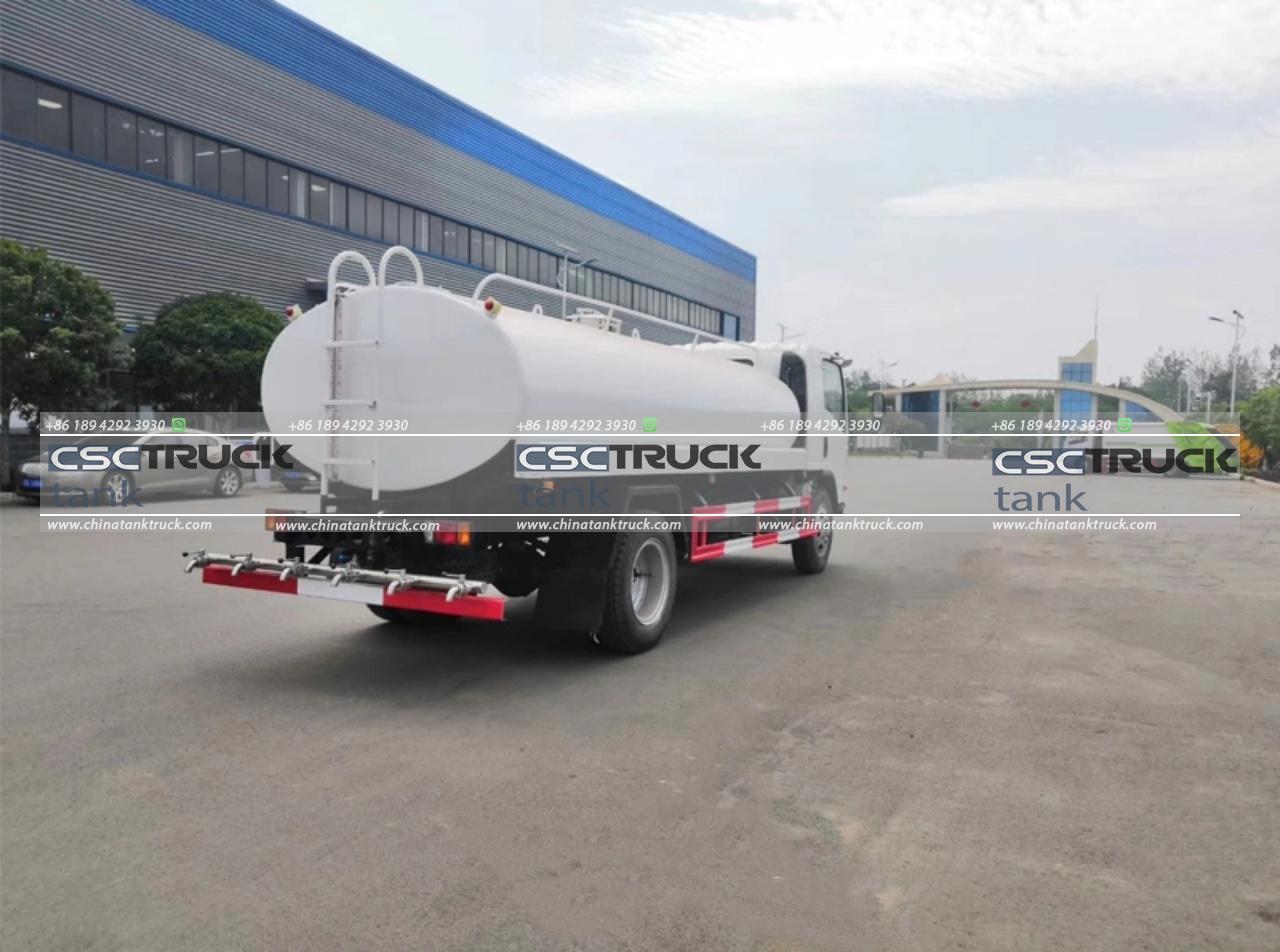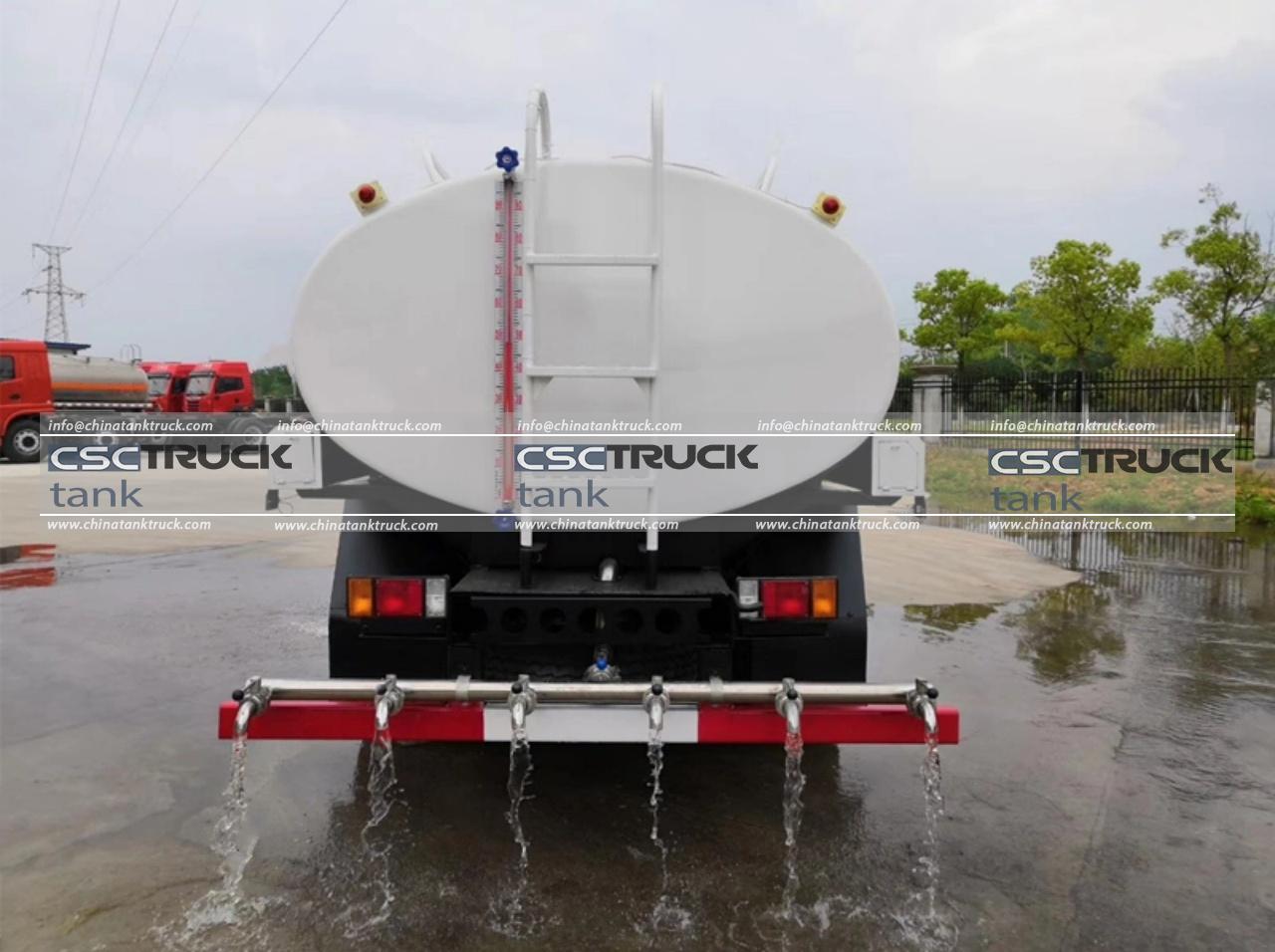How Many Litres of Milk Does a Milk Tanker Hold?
Milk tankers are a critical component of the dairy supply chain, transporting milk from farms to processing facilities with efficiency and care. For those curious about the logistics behind this vital process, one question often arises: How many liters of milk does a milk tanker hold? The answer varies depending on several factors, including the type of tanker, its design, and its intended use. This article will delve into the various capacities of milk tankers, exploring the factors that influence their sizes, and highlighting the importance of these vehicles in the dairy industry.
Types of Milk Tankers and Their Capacities
Milk tankers come in various sizes and designs, tailored to meet different needs in the dairy industry. The capacity of a milk tanker can range significantly based on its construction and purpose. Here’s a breakdown of the common types:
1. Small Tankers: These are typically used for smaller dairy farms or regions with limited dairy production. Small milk tankers usually hold between 5,000 to 10,000 liters of milk. They are often employed in areas where large tankers cannot easily navigate or where smaller volumes of milk are produced.
2. Medium-Sized Tankers: These tankers are more common in areas with moderate dairy production. They usually have a capacity ranging from 15,000 to 25,000 liters. Medium-sized tankers strike a balance between size and maneuverability, making them suitable for a broad range of dairy operations.
3. Large Tankers: In regions with high dairy production, large tankers are the norm. These tankers can hold between 30,000 and 40,000 liters of milk. Their large capacity allows for efficient collection from multiple farms before transporting the milk to processing plants.
4. Extra-Large Tankers: For the largest dairy operations, extra-large tankers are used, capable of holding over 40,000 liters of milk. These tankers are designed for bulk transport, reducing the number of trips required and increasing efficiency in milk collection and delivery.

Factors Influencing Tanker Capacity
Several factors influence the size and capacity of a milk tanker:
1. Volume of Milk Production: The primary determinant of tanker size is the volume of milk produced in a region. Areas with high dairy production require larger tankers to handle the increased milk volumes efficiently.
2. Infrastructure and Road Conditions: The infrastructure where the tanker will operate plays a crucial role. Smaller tankers are preferred in regions with narrow roads or limited access, whereas larger tankers are used where roads and facilities can accommodate their size.
3. Operational Efficiency: Larger tankers reduce the number of trips required to transport the same amount of milk, which can lead to cost savings and increased efficiency. However, operational efficiency also depends on balancing tanker size with the logistical aspects of loading and unloading.
4. Regulatory Standards: Different countries have varying regulations regarding the size and design of milk tankers. These regulations can impact the maximum allowable capacity for tankers operating in a given region.
Design and Features of Milk Tankers
Milk tankers are designed with specific features to ensure the quality and safety of the milk during transport:
1. Insulation: Milk must be kept at a controlled temperature to maintain its freshness and prevent spoilage. Tankers are equipped with insulation and cooling systems to keep the milk at the appropriate temperature throughout the journey.
2. Hygiene and Cleanliness: The interior of milk tankers is constructed from stainless steel to ensure easy cleaning and prevent contamination. The tankers are also designed to be easily sanitized between loads.
3. Pumping Systems: Milk tankers are equipped with specialized pumping systems to load and unload milk efficiently. These systems are designed to minimize the agitation of the milk, which helps preserve its quality.
4. Compartmentalization: Some tankers are equipped with multiple compartments, allowing them to transport different types or grades of milk simultaneously. This feature is particularly useful for operations that handle various milk products.

The Role of Milk Tankers in the Dairy Industry
Milk tankers play a crucial role in the dairy supply chain by ensuring that milk is transported from farms to processing facilities efficiently and safely. Here’s how they contribute to the industry:
1. Quality Preservation: By maintaining the milk at the correct temperature and ensuring cleanliness, milk tankers help preserve the quality of the milk, which is essential for producing high-quality dairy products.
2. Efficiency: Large and well-designed tankers enable the dairy industry to operate efficiently, reducing the number of trips needed and optimizing the collection and delivery processes.
3. Flexibility: The variety of tanker sizes and designs allows for flexibility in operations, accommodating different production scales and logistical challenges.
4. Economic Impact: Efficient milk transportation helps reduce costs for dairy producers and processors, contributing to the overall economic viability of the dairy industry.
Conclusion
The capacity of a milk tanker can vary significantly based on its type and the needs of the dairy industry. From small tankers holding around 5,000 liters to extra-large tankers capable of carrying over 40,000 liters, these vehicles are designed to meet diverse requirements across different regions and production scales. The design and features of milk tankers ensure that milk is transported in optimal conditions, preserving its quality and contributing to the efficiency of the dairy supply chain. Understanding the capacities and roles of these tankers provides valuable insight into the logistics of dairy production and the importance of these vehicles in maintaining a steady supply of fresh milk.


